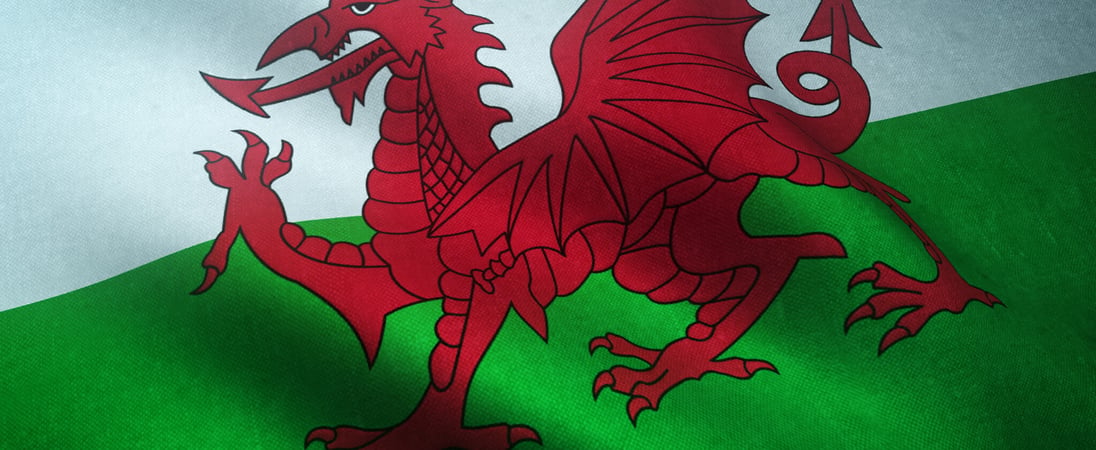
St. David’s Day
Embracing traditions with daffodils and lively festivities — a celebration weaving Welsh culture into joyous community gatherings.
St. David’s Day is a day that carries deep meaning in the hearts of the Welsh. This holiday celebrates their patron saint, Saint David, and their long and rich culture. They pay honor to St. David annually.
But who was Saint David? He played an enormous role in the sixth century Welsh Age of Saints. He also founded numerous religious communities in Wales. Today, the St. David’s Day celebration is as much a way to honor Wales as to its patron saint.
How to Celebrate St. David’s Day
Celebrating St. David’s Day is like peering into Welsh culture and traditions.
Fancy a Trip? Visit Wales
Many of Wales’s heritage sites, including the iconic St. David Bishop’s Palace, open their doors for free on this Welsh holiday. Plenty of parades, concerts, and food festivals, especially in cities like Cardiff and Swansea.
Don Traditional Welsh Attire
Can’t make it to Wales? No problem – celebrate at home by wearing traditional Welsh attire.
Traditional Welsh women’s attire includes red woolen skirts, white blouses, and black felt hats. Top off an outfit with a checkered apron or shawl. Men traditionally favored simple wool jackets, vests, and breeches. They completed their attire with black hats and leather boots.
Pin a Daffodil to a Lapel
Embrace the Welsh spirit by wearing a daffodil. This sunny yellow flower not only welcomes the first days of springtime and heralds warmer weather, but it’s also a symbol of Welsh identity.
Wearing a daffodil, particularly on St. David’s Day, is a proud declaration of one’s Welsh heritage. Throughout the centuries, this beautiful flower has become synonymous with celebrating St. David’s Day. It represents hope, new beginnings, and the resilience of the Welsh people. Whether pinned to a lapel or tucked into a lovely floral arrangement, the daffodil is a bright and cheerful emblem of Wales and its rich traditions.
Savor Welsh Cuisine
Welsh foods are a delightful blend of traditional flavors and unique preparations. Here’s a closer look at some of the dishes:
- Cawl: Cawl is a hearty soup and the national food of Wales. It is made from meat (most often lamb) and vegetables. The ingredients are slow-cooked to perfection, resulting in a rich and flavorful broth. It’s prevalent during the colder months and best enjoyed with crusty, rustic bread.
- Laverbread: Despite its name, this dish is not a bread at all! It’s actually made from laver seaweed that has been boiled and minced. It has a deep green color and a unique, savory taste. The Welsh often mix it with oatmeal and fry it in small patties.
- Glamorgan Sausage: A vegetarian delight, the Glamorgan sausage is made from a local favorite cheese, caerphilly cheese, leeks, and breadcrumbs. These ingredients are combined, shaped into sausages, and then fried until golden. It’s a flavorful dish that showcases the importance of cheese in Welsh cuisine.
- Bara Brith: This dish translates to “speckled bread,” Bara Brith is a traditional Welsh fruit loaf. It’s made by soaking dried fruits in tea and then mixing them with flour and brown sugar. This recipe creates a dense, moist bread. It’s best after it’s sliced and buttered. It’s famously served at tea time in Wales.
Diving into these dishes offers a genuine taste of Welsh heritage and the rich culinary traditions of the region.
History of St. David’s Day
The Welsh people have celebrated St. David’s Day with great pride since the twelfth century. Born around 500 AD in Pembrokeshire, St. David was the shining star of the 6th-century Welsh Age of Saints.
Why was he such a local favorite – then and still today? As it turns out, he remains the only native-born patron saint from either Britain or Ireland. Much of our knowledge about St. David comes from the writings of the 11th-century scholar, Rhygyfarch.
St. David established a monastery close to his birthplace. The Welsh sought his guidance, and he was best known for his teachings and pious austerity. Legend has it that he survived on a diet of just leeks and water. Whether that’s accurate or not, we will never know.
His commitment to spiritual enlightenment was unparalleled. He was so spiritually gifted that he even performed miracles. In one such famous event, he restored a blind man’s eyesight. There’s also an account of him resurrecting a child from the dead. The Welsh still proudly share these stories, especially on St. David’s Day.
St. David’s influence on the faith community was so profound that the Pope was canonized by Pope Callixtus in the 12th century. His shrine at St. David’s Cathedral became a significant pilgrimage site, especially during the Middle Ages.
Today, the St. David’s Day holiday serves as a reminder of his teachings and (literally) miraculous good works. It also represents the indomitable spirit of the Welsh people.
Also on ...
View all holidaysShare a Smile Day
Spreading happiness with a simple, friendly expression, lighting up someone's day with warmth and positivity.
National Minnesota Day
A land of lakes, forests, and vibrant cities, offering outdoor adventures, cultural delights, and a friendly spirit that's uniquely its own.
National Barista Day
They create magic in a cup, transforming simple beans into a delicious pick-me-up. From latte art to custom blends, they're the coffee wizards!
We think you may also like...
St. Andrew’s Day
Celebrated for his kindness and valor, the patron saint of Scotland's legacy lives on through the Scottish flag and the country's traditions.








